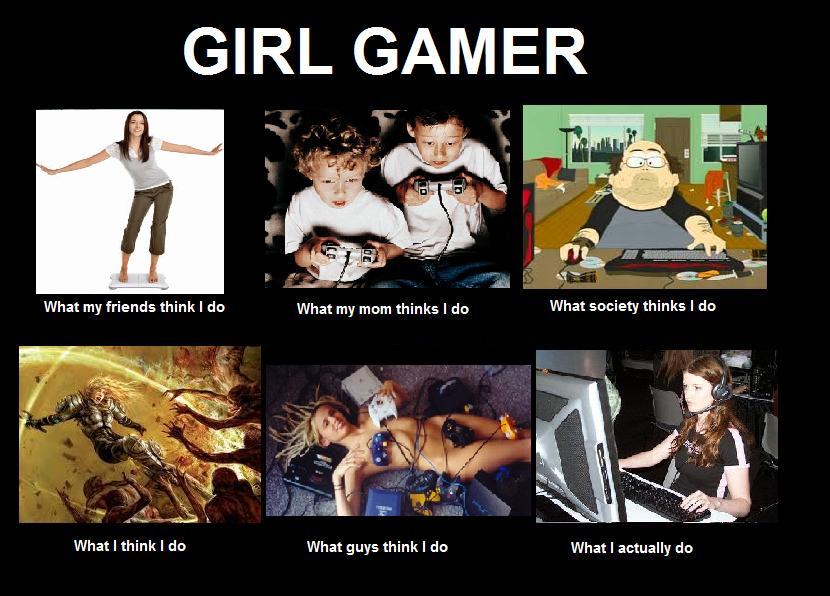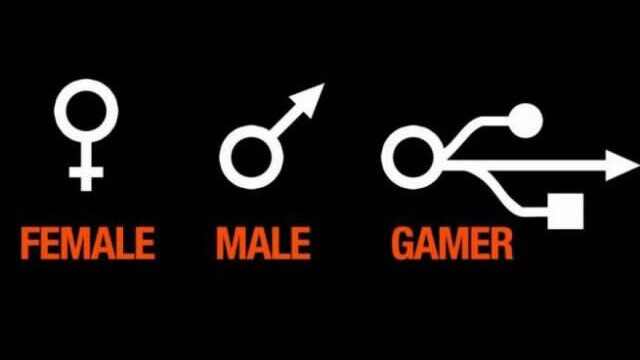Last week I talked about the power of groups. I discussed the advantages and disadvantages of groups and how we behave in group. This week I’d like to continue on about groups, how we behave in them and how we behave towards other groups. Knowing how we behaving in groups and towards other groups is very useful in social games and multiplayer games, especially games where groups compete against other groups.
On one summer’s day, eleven 12-year-olds went to a camp in Robbers cave state park. Over the course of a week the boys bonded while playing games and formed a tight friendly group. The boys gave their group a name as well: the Rattlers. Soon the Rattlers found out there was another group of eleven 12-year-old boys who stayed at the other side of the park. The other group of boys also bonded over games to form a tight friendly group. They called themselves the Eagles. Both groups of boys started to dislike each other and decided to fight out which group was better over a series of competitions. The rivalry between the Rattlers and the Eagles got worse over the course of the competition. The boys became aggressive and hateful towards each other. The camp staff changed the situation around. They integrated the groups and gave the boys shared goals they could only complete if all boys helped out. Soon, the two groups became one big group of 22 boys. All boys had become friends and formed a big tight friendly group.
These boy camps at Robbers cave state park were more than just camps, they were Sherif’s experiment (1961). He wanted to test his Realistic conflict theory: conflict happens when you combine negative prejudices with competition over resources. While isolation and competitions made enemies of the boys, common goals and cooperation turned the enemies into friends.

The boys were a classic example of the outgroup-ingroup phenomena or “us vs them”. The two boy groups became aggressive toward each other based on very little more than because they belonged to different groups. The boys favored their own group and hated the other group, even though all boys were the same age and had a similar background. The fact that people favor in-group members based in very little is called minimal group effect and it happens even if membership of the groups is randomly determined.
People who belong to the same group as you are ingroup members. People who belong to a different group are outgroup members. The boys who belonged to the Rattlers would be outgroup members for the Eagle boys. The Rattler boys would view each other as ingroup members. Members of a group will start to view members from another group (outgroup members) as more similar to each other than their own members. This phenomena is called outgroup homogeneity bias and it is what happens when we are stereotyping for example people from other countries. Of course Germans aren’t all beer-lovers and always on time. The same is true for Americans, not all Americans are obese and only eat at McDonalds. The opinions of ingroup members can shift towards more extreme views because of group discussions when members of the group have similar opinions. This is called group polarization and it is what often happens when people share their opinions online. Your opinion of view might be confirmed when someone of your group shares their opinion online.
Multiplayer games and the community
The ‘us vs them’ or ingroup-outgroup phenomena is a huge problem for many games, it drives online rants, bullying and harassment. Now-a-days there are many games that offer an online multiplayer that should keep the ingroup-outgroup phenomena in the back of their minds. The ingroup-outgroup phenomena is a problem that designers need to deal with, with sexism at its core in many hardcore multiplayer games. I hear you thinking: “oh no not another article about sexism in game”. Yes, I’m sorry but it is one of the biggest problems the entertainment industry is dealing with at the moment. You might think why can’t women or girls who enjoy video games not just avoid the sexism online. Just avoid Gamergate and other online platforms. But this is not possible when you enjoy playing hardcore multiplayer games, sexism is still present among its players. Many female players are afraid to ‘come out’ as a girl and turn off their microphone so other will not find out (McLean & Griffiths, 2013).

Many of these games have a predominantly male audience, they all belong to a group: gamers (or male gamers). Similar to the Rattlers and the Eagles, this gamer group see their domain being taken over and invaded by another group: girl gamers. The internet has a role in all this as well which is where male gamer group discuss their (negative) views and opinions among each other. While you might have been just a little annoyed by female gamers at first, now your views are being confirmed and get more extreme. The same happens to female gamers and group polarization is complete. Sherif’s Realistic conflict theory is very much present in the gamer community, both online and in games. However it’s good to keep in mind that not everyone falls victim to group polarization. Most of the time there are only a few that spoil it for the rest.
How can we fix group polarization? It won’t be easy but the Robber’s cave experiment can be a good start. Remember how the researchers turned the situation around for the Rattler and Eagle boys? Both groups were forced by the researchers to work together. The boys were given goals they could only complete when they all worked together. While this might be impossible for the gaming community as a whole, we can start small with one multiplayer game at a time. Keep the Realistic conflict theory in the back of your mind when you are thinking about adding multiplayer to your game. Design systems where all players need to work together from time to time, just like the researchers did with the Rattlers and the Eagles.
 We’re all just gamers
We’re all just gamers
Knowledge is power, knowing about group polarization and realistic conflict theory can help you understand why someone acts sexist in a video game or why someone becomes a social justice warrior. I don’t believe in social justice warriors and their rants about sexism. It can only make group polarization worse and making the gap between the groups bigger. Instead of ranting towards either of those groups react more nuanced and empathize. It might be very difficult but it’s the best way.
References and further reading
- https://simplypsychology.org/robbers-cave.html
- University of Oklahoma. Institute of Group Relations, & Sherif, M. (1961). Intergroup conflict and cooperation: The Robbers Cave experiment(Vol. 10, pp. 150-198). Norman, OK: University Book Exchange.
- McLean, L., & Griffiths, M. D. (2013). Female gamers: A thematic analysis of their gaming experience. International Journal of Game-Based Learning (IJGBL), 3(3), 54-71.